In recent years, many traditional British foods have started to vanish from our tables. As the pace of life increases and our tastes evolve, some of these beloved dishes are becoming rare. Here’s a nostalgic look at some traditional British foods that are slowly fading away.
Steak and Kidney Pie
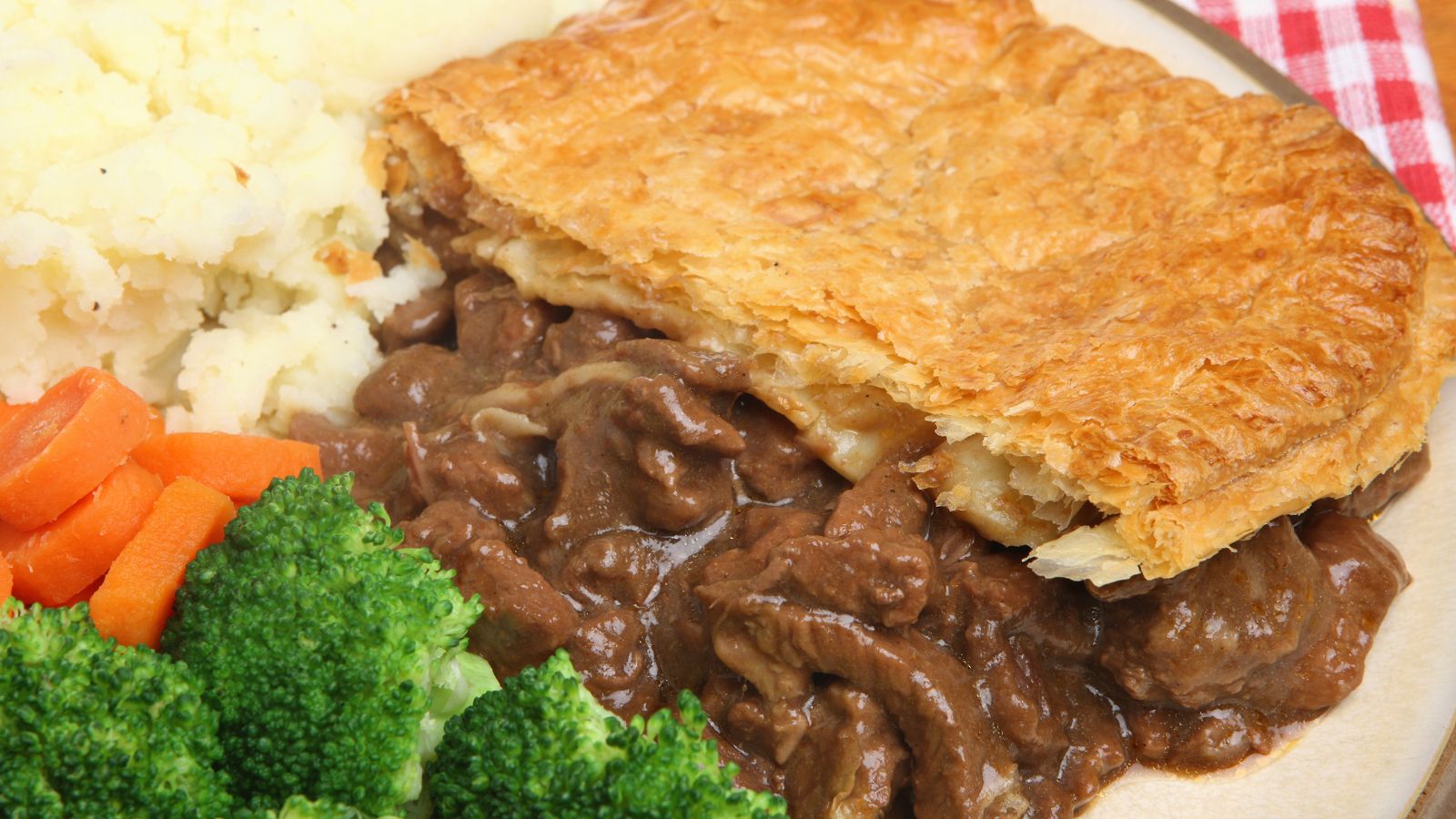
Once a staple in British homes and pubs and “comfort food at its best,” according to BBC Good Food, steak and kidney pie is now becoming harder to find. This hearty dish, filled with tender steak, succulent kidneys, and rich gravy encased in a flaky pastry crust, was perfect for a comforting meal. However, changing tastes and a shift towards lighter meals have led to its decline.
Lancashire Hotpot
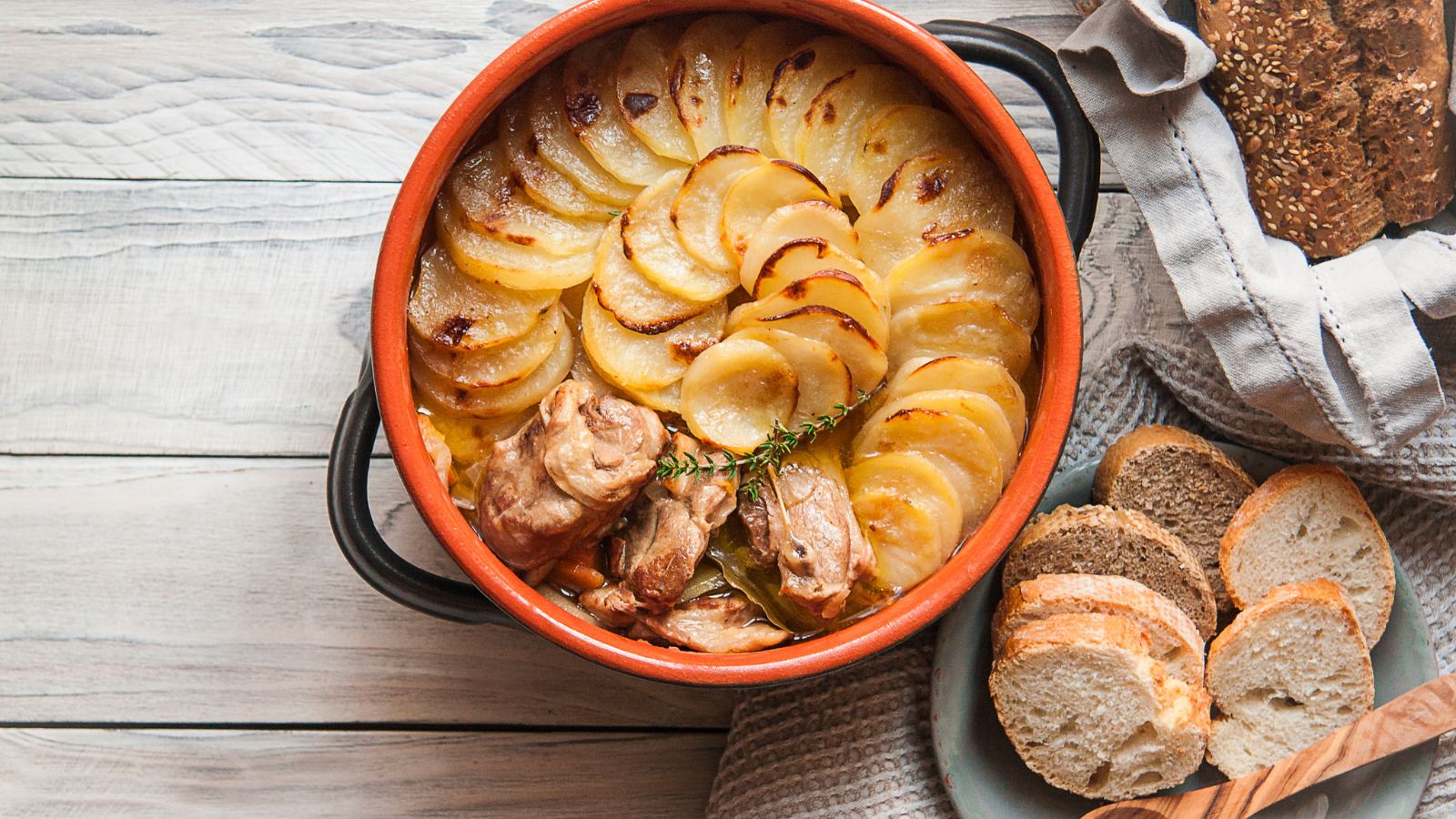
A slow-cooked dish of lamb, onions, and sliced potatoes, the Lancashire hotpot was once a staple in the North of England. This one-pot wonder, cooked slowly to let the flavours meld together, is now seldom seen outside traditional pubs and local gatherings. The Lancashire hotpot is slowly disappearing as people opt for quicker, more convenient meals.
Tripe
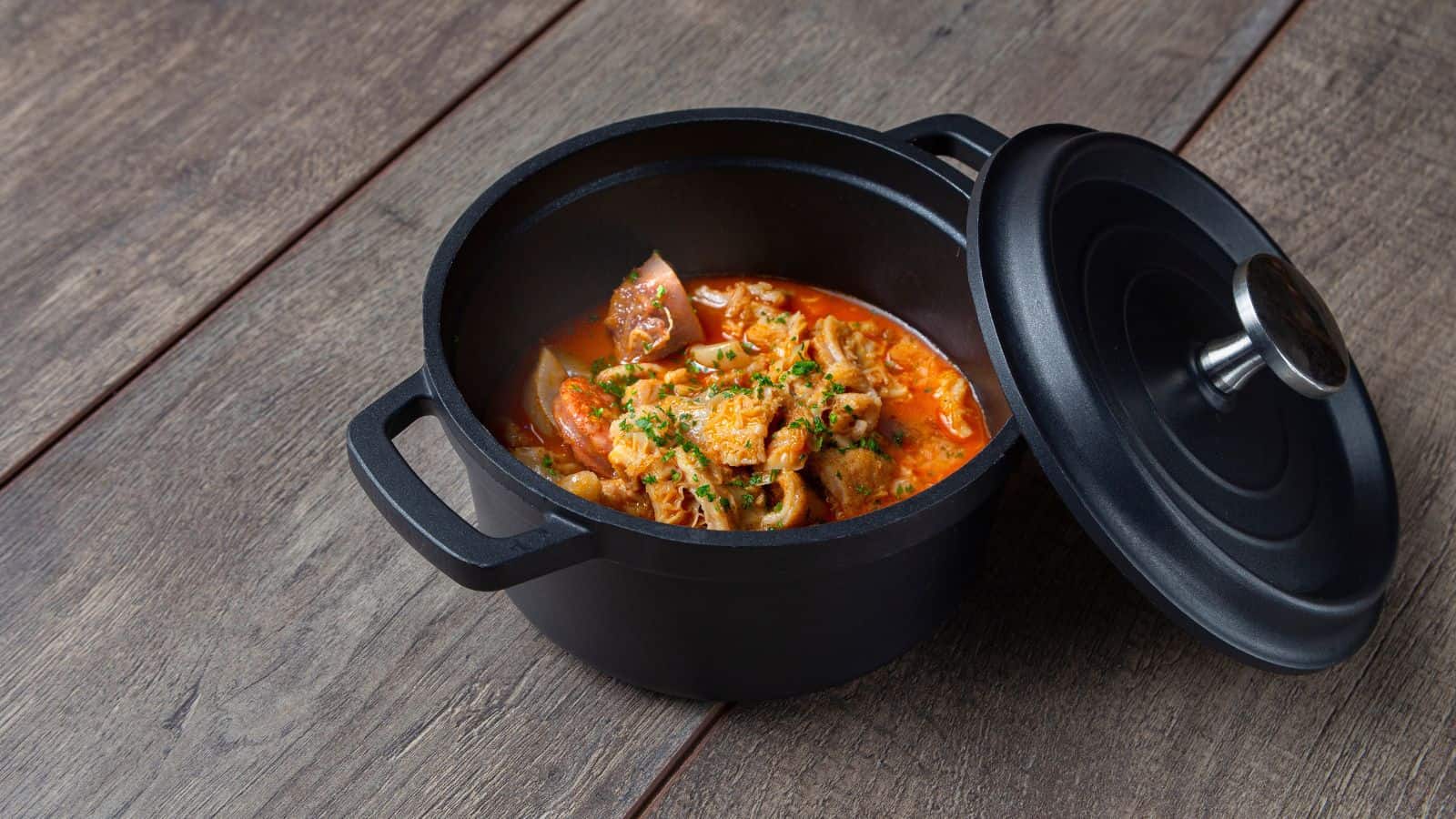
Tripe, made from the stomach lining of cows, was a popular ingredient in British cuisine, especially during wartime when meat was scarce. Prepared in a variety of ways, often with onions and milk, tripe has a unique texture and flavour that has fallen out of favour with modern palates.
Jellied Eels
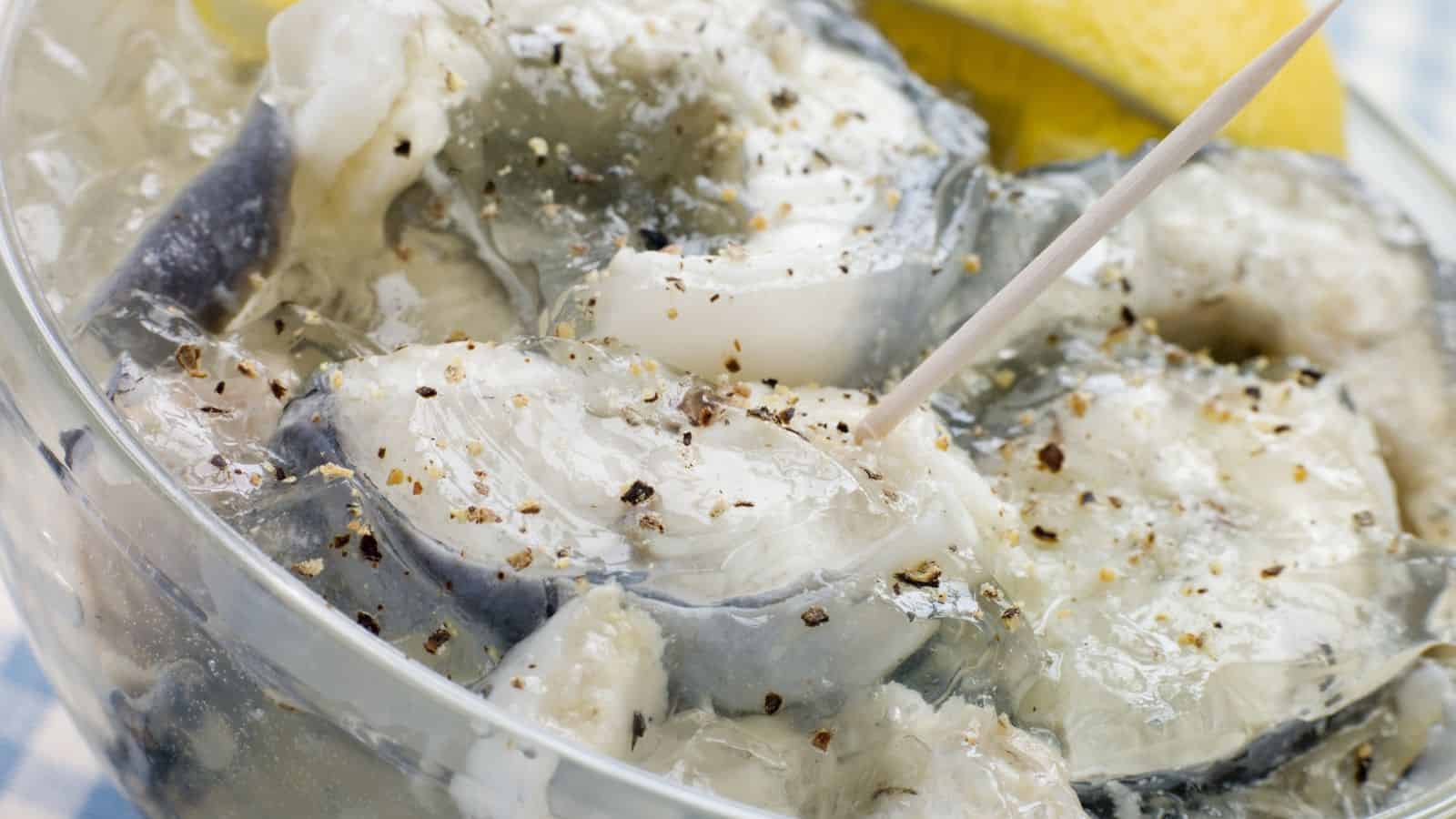
A traditional East End London delicacy, jellied eels were once a common street food. The eels are boiled and then set in their own gelatinous stock. While they were a cheap and nutritious food source in the past, modern tastes have turned away from this wobbly dish.
Potted Shrimps
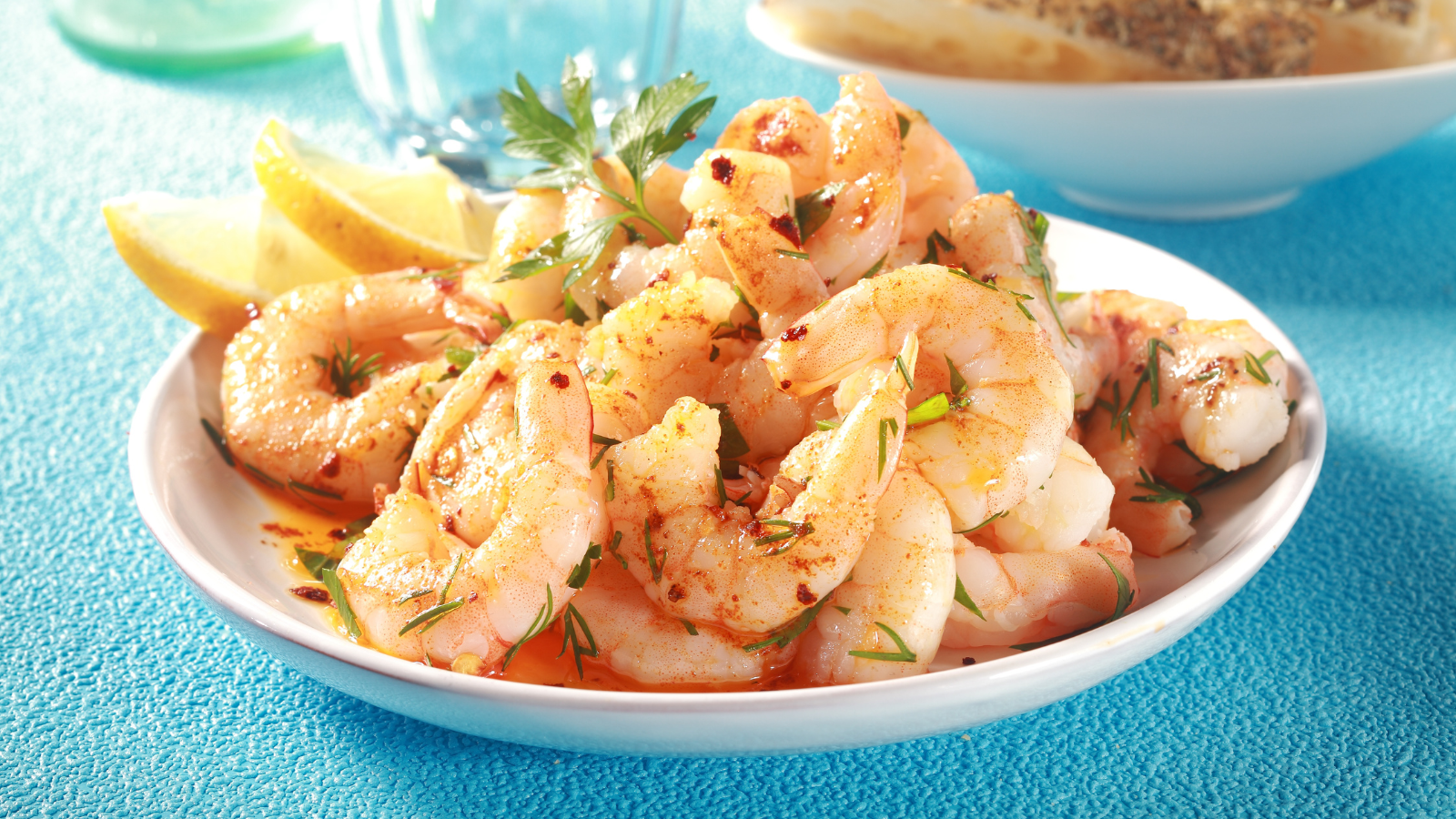
Potted shrimps from the coastal regions of Britain involve cooking small shrimp in spiced butter and then preserving them in a pot. This savoury treat was once a popular snack, often spread on toast, but today, the tradition of making and enjoying potted shrimp is fading.
Bread and Butter Pudding

Made from layers of buttered bread, raisins, and custard, Bread and Butter Pudding was a favourite way to use up stale bread. Baked until golden and served with cream or custard, this dessert was a comforting staple in many households, but it’s now becoming less common.
Black Pudding
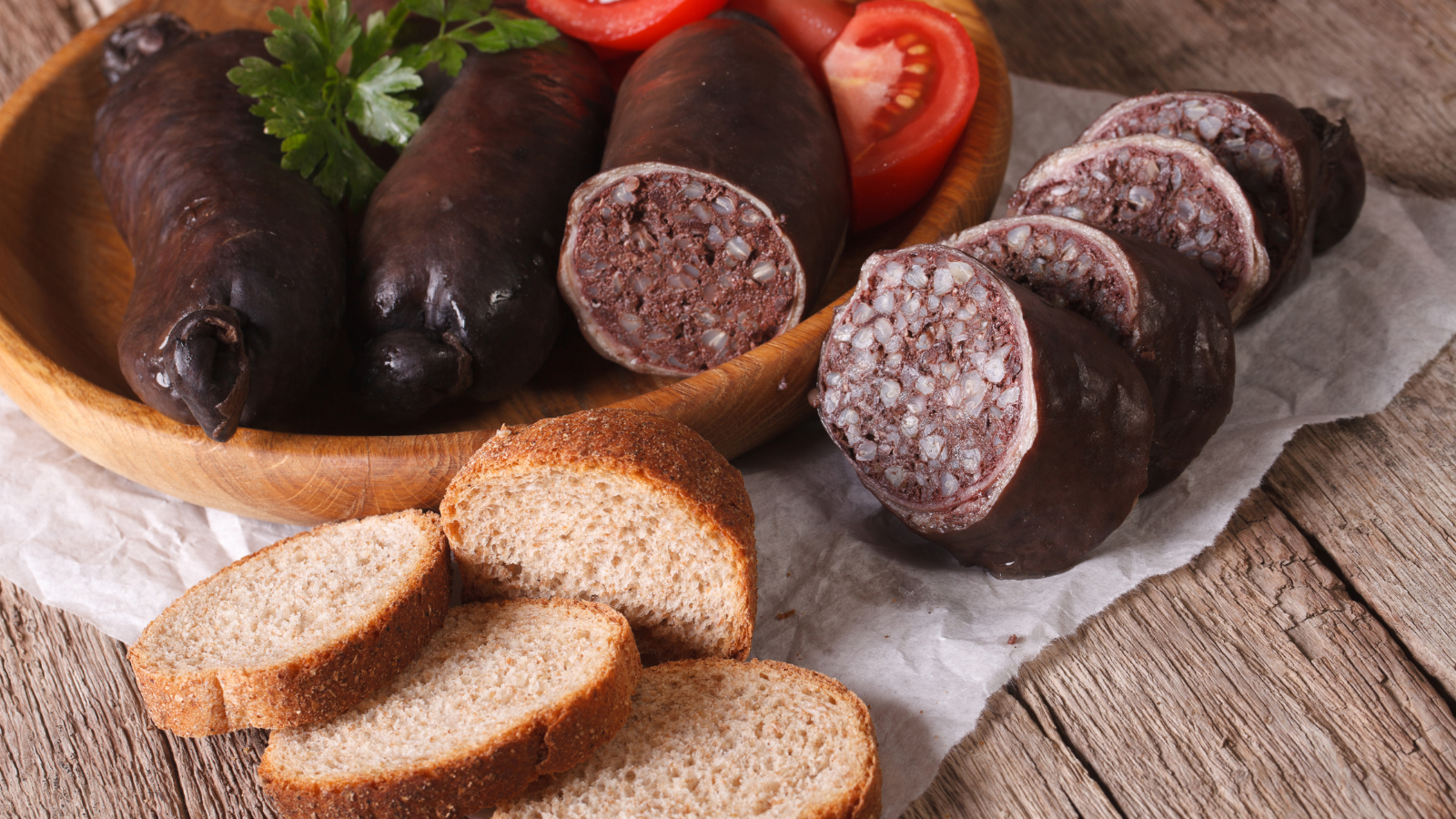
Black pudding, a type of blood sausage, has been a staple of the UK breakfast for centuries. Made from pork blood, fat, and oatmeal, it has a distinctive flavour and texture. But despite its long history, black pudding is slowly disappearing from breakfast tables as people turn to lighter options.
Corned Beef Hash
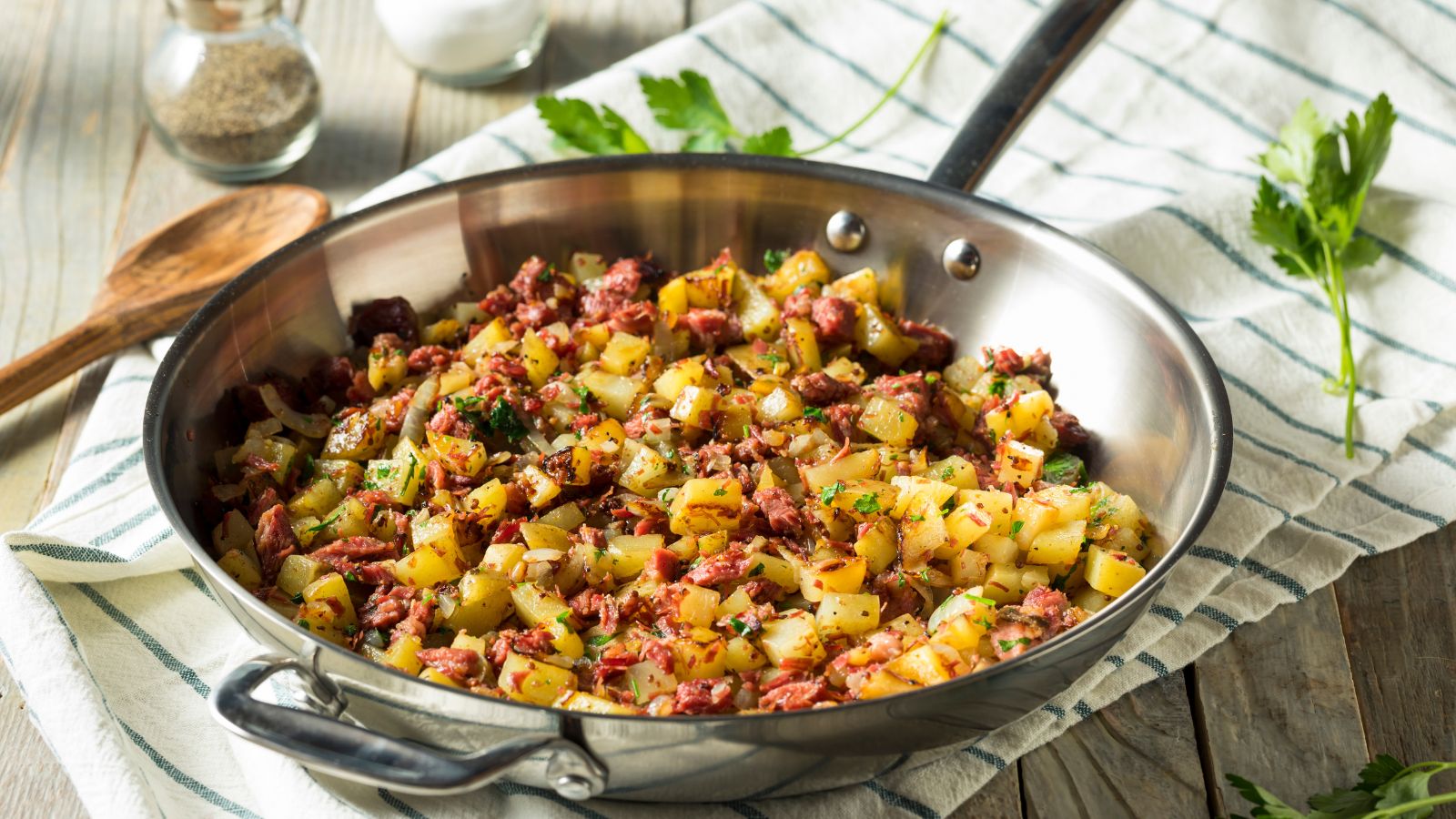
Made from corned beef, potatoes, and onions, corned beef hash was a popular way to use up leftovers. This hearty dish, often served with a fried egg on top, has fallen out of favour as people move towards fresher, more varied ingredients.
Toad in the Hole

Toad in the hole, consisting of sausages baked in Yorkshire pudding batter, was a favourite comfort food. It was served with onion gravy and vegetables and was perfect for a hearty family meal. However, changing tastes and a move towards more health-conscious eating have led to its decline.
Stargazy Pie
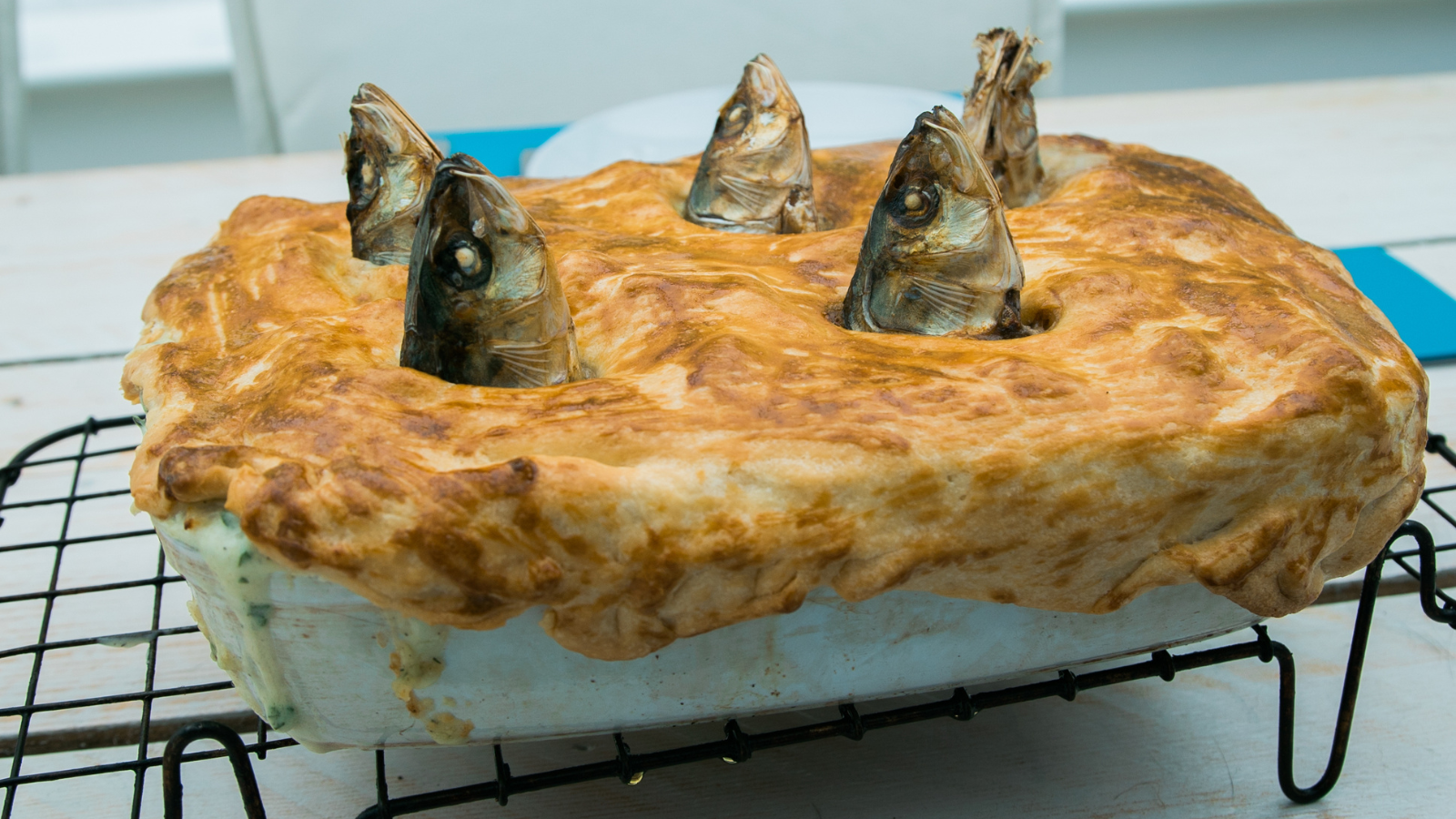
A Cornish dish where fish heads protrude through the crust, Stargazy Pie is one of Britain’s most unusual traditional foods. This pie, made with pilchards, eggs, and potatoes, is often baked for special occasions, but its quirky presentation and strong fishy flavour have contributed to its rarity in modern cuisine.
Kedgeree

Kedgeree, a dish of smoked fish, rice, hard-boiled eggs, and curry spices, was a popular breakfast during the British Raj. This fusion dish, reflecting colonial influences, has seen a decline as breakfast habits have shifted towards simpler fare.
Bubble and Squeak
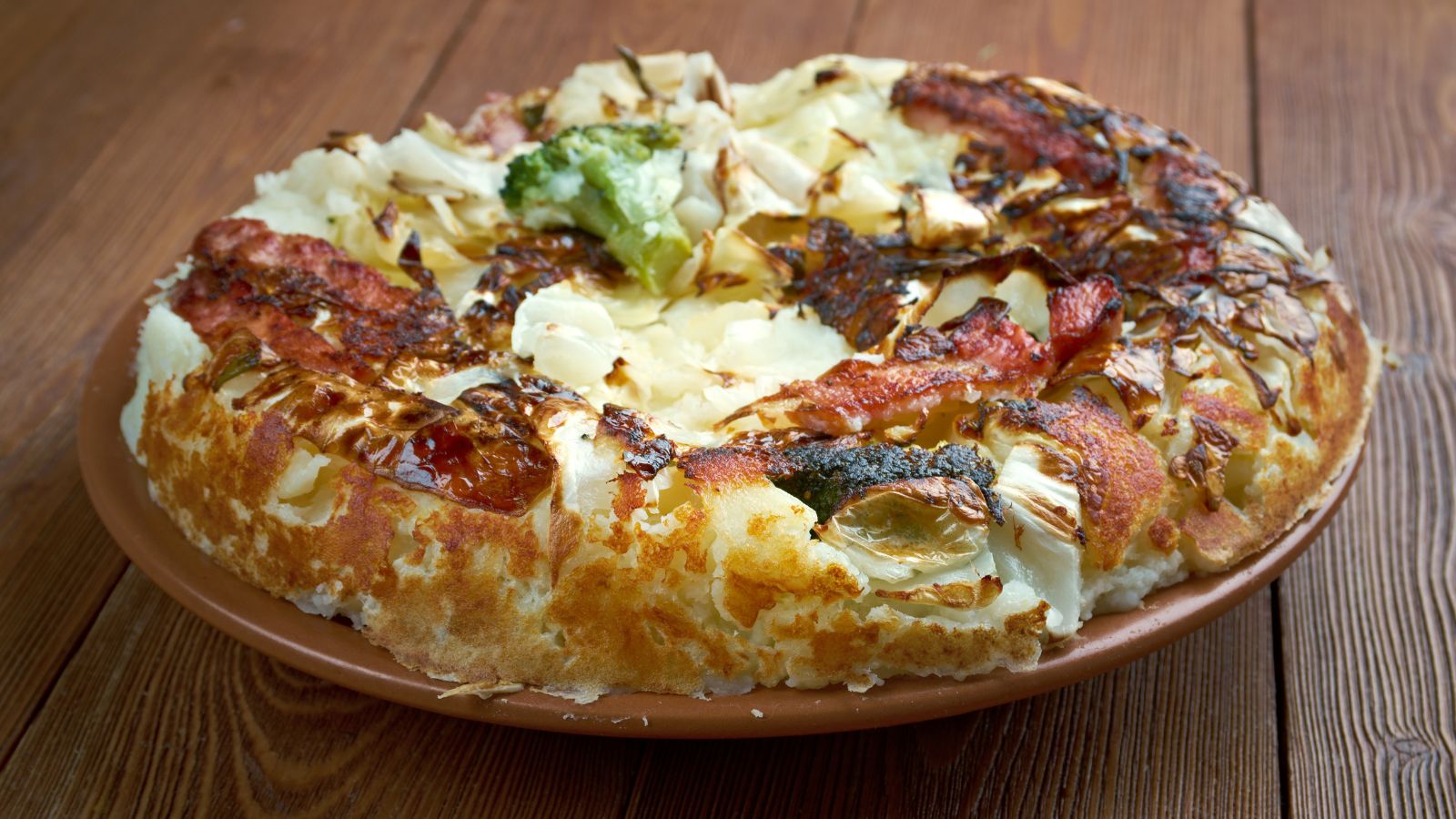
A traditional way to use up leftovers was to make Bubble and squeak, which is made from fried vegetables and potatoes. This simple, frugal dish is now less common as food waste awareness and a variety of fresh ingredients become more prominent.
Brawn
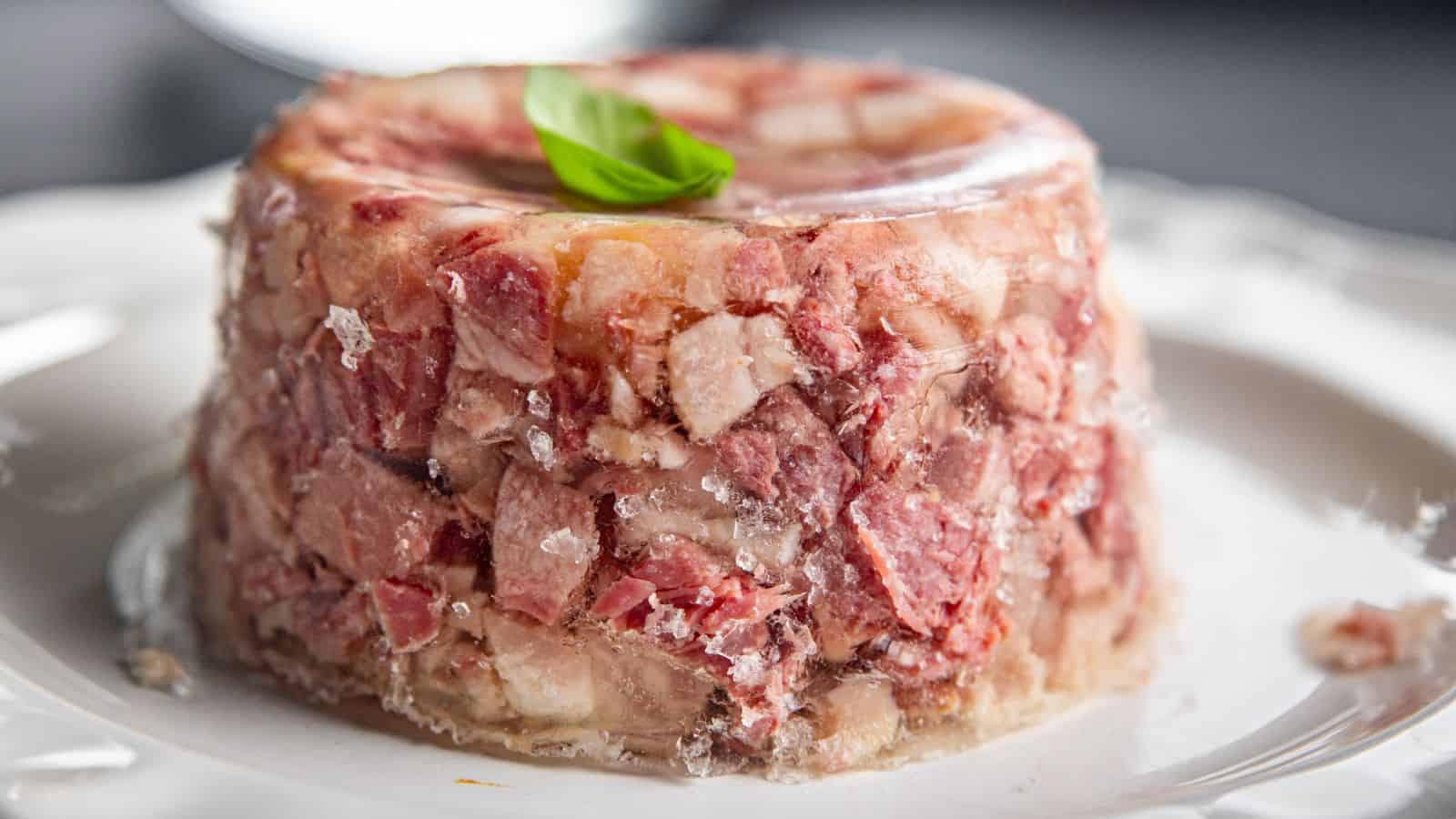
Brawn, also known as head cheese, is a cold cut made from the head of a pig, cooked and set in aspic. This traditional dish was once a way to use every part of the animal, yet its unusual preparation and texture have led to its decline as more conventional deli meats take its place.
Semolina Pudding

Made from semolina cooked with milk and sugar, semolina pudding was a common school dinner dessert, often served with a dollop of jam. This creamy pudding is now rarely seen as modern tastes shift towards more exciting and varied desserts.
Arbroath Smokies

Arbroath smokies, a type of smoked haddock from Scotland, were once a common delicacy. The fish is hot-smoked over hardwood, giving it a distinct flavour. While still available in some specialty shops, the tradition of making and eating Arbroath smokies is dwindling.
Soused Herring
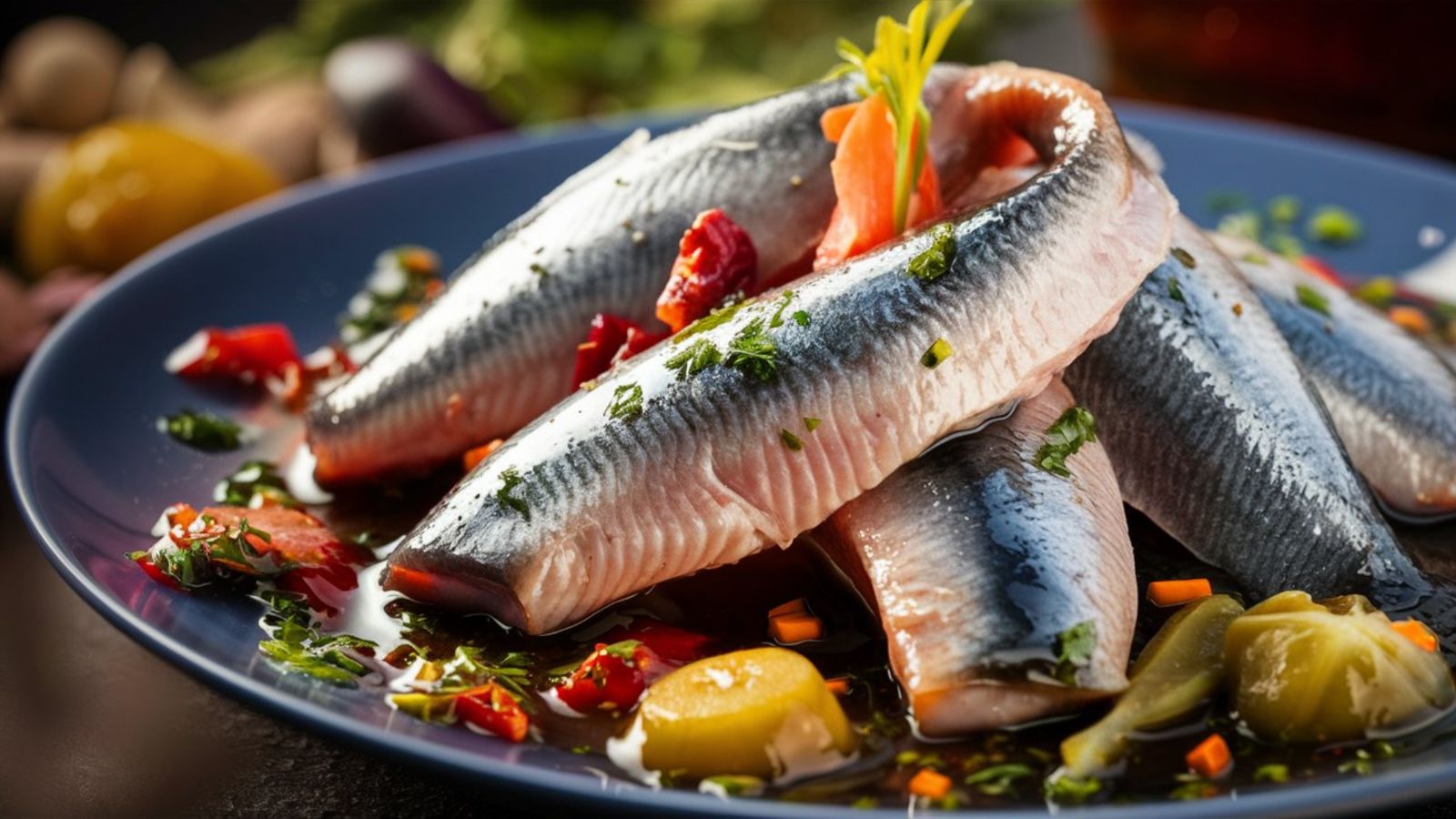
A traditional way to preserve fish, this tangy, flavourful dish was often served with bread and butter. The herring was pickled in a vinegar-based marinade. Today, soused herring is less common as fresh fish and other preservation methods have taken over.
Hog’s Pudding

Lastly, Hog’s pudding, a type of sausage from the West Country made with pork, suet, bread, and spices, was a hearty meal. Similar to black pudding but without the blood, it’s now rarely seen outside of its regional stronghold. The decline in traditional butchery and the rise of factory-made sausages have contributed to its disappearance.







